
Back Bancu d'Indochina AST Banque de l’Indochine German Banco de Indochina Spanish Banque de l'Indochine French Banque de l'Indochine Italian インドシナ銀行 Japanese 인도차이나 은행 Korean ທະນາຄານອິນດູຈີນ (ສະຫະພັນອິນດູຈີນຝະລັ່ງ) Laothian Ngân hàng Đông Dương Vietnamese 东方汇理银行 Chinese


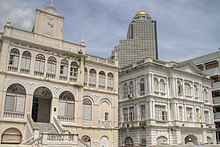

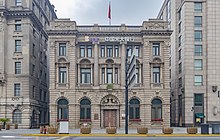
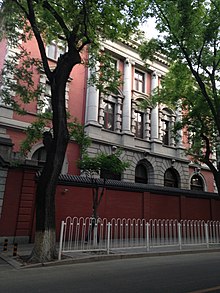
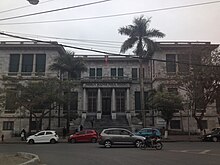
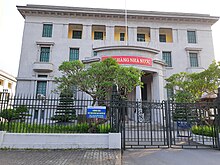




The Banque de l'Indochine (French: [bɑ̃k də lɛ̃dɔʃin]), originally Banque de l'Indo-Chine ("Bank of Indochina"), was a bank created in 1875 in Paris to finance French colonial development in Asia. As a bank of issue in Indochina until 1952 (and in French Pacific territories until 1967),[1] with many features of a central bank, it played a major role in the financial history of French Indochina, French India, New Caledonia, French Polynesia, and Djibouti, as well as French-backed ventures in China and Siam. After World War II, it lost its issuance privilege but reinvented itself as an investment bank in France, and developed new ventures in other countries, such as Saudi Arabia and South Africa.
The Compagnie Financière de Suez acquired a controlling interest in the Banque de l'Indochine in 1972, then merged it in 1975 with its own banking subsidiary to form Banque Indosuez, since 1996 itself part of the Crédit Agricole universal banking group.
- ^ George S. Cuhaj, ed. (2009). Standard Catalog of World Paper Money. Vol. 1: Specialized Issues. Krause Publications. ISBN 978-1440204500.
© MMXXIII Rich X Search. We shall prevail. All rights reserved. Rich X Search